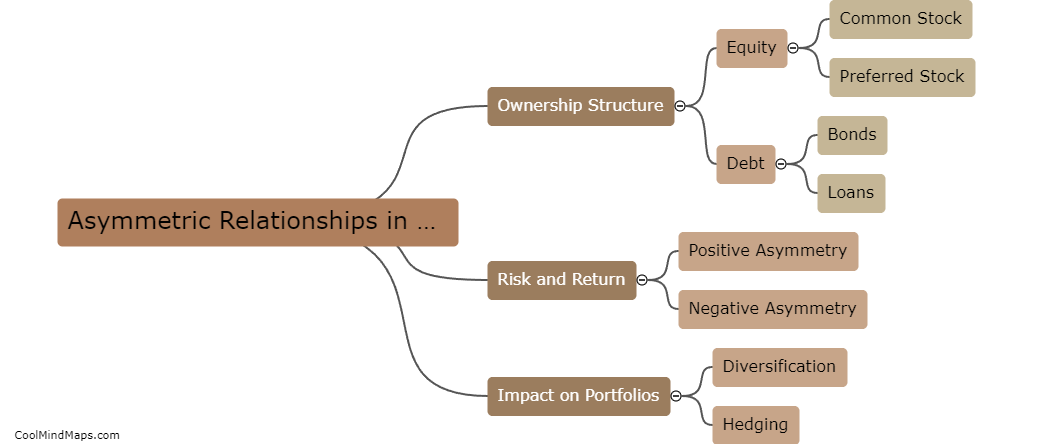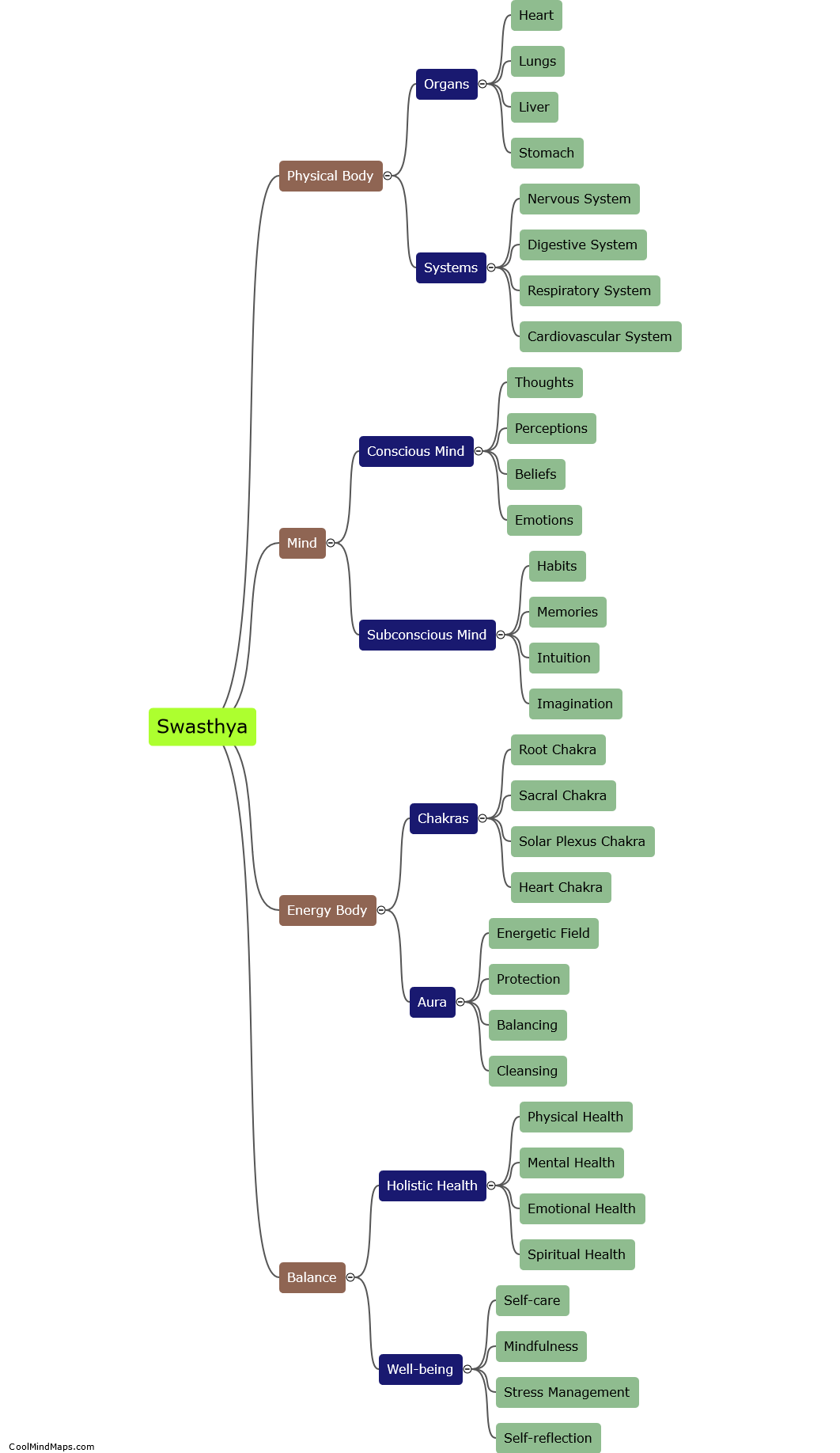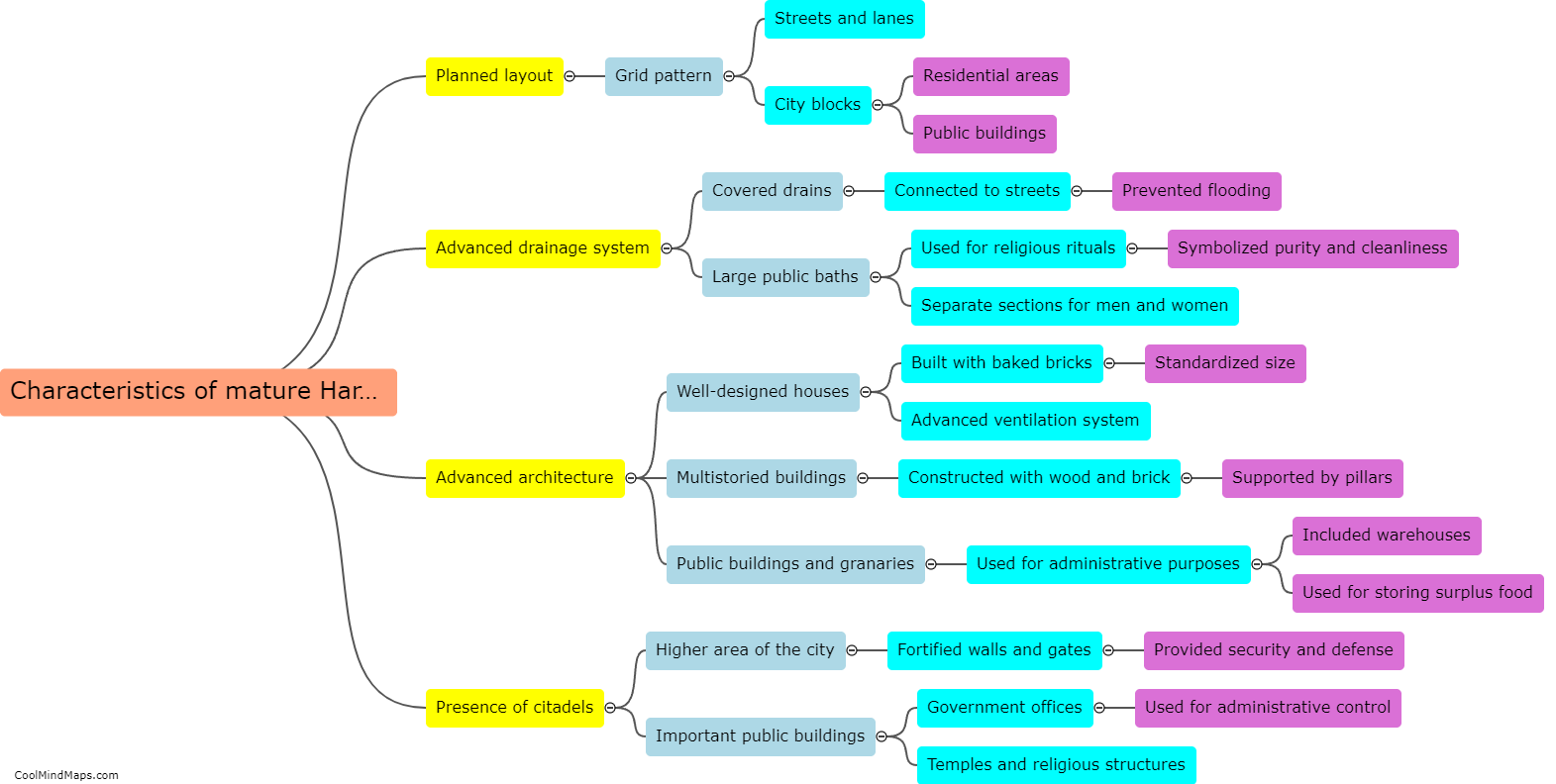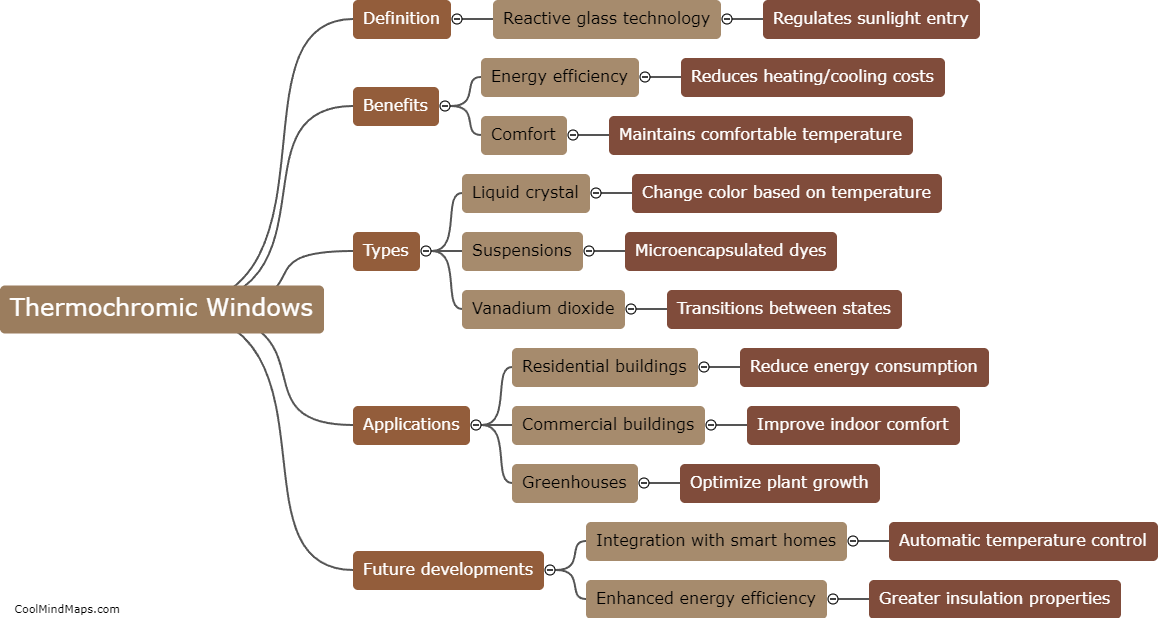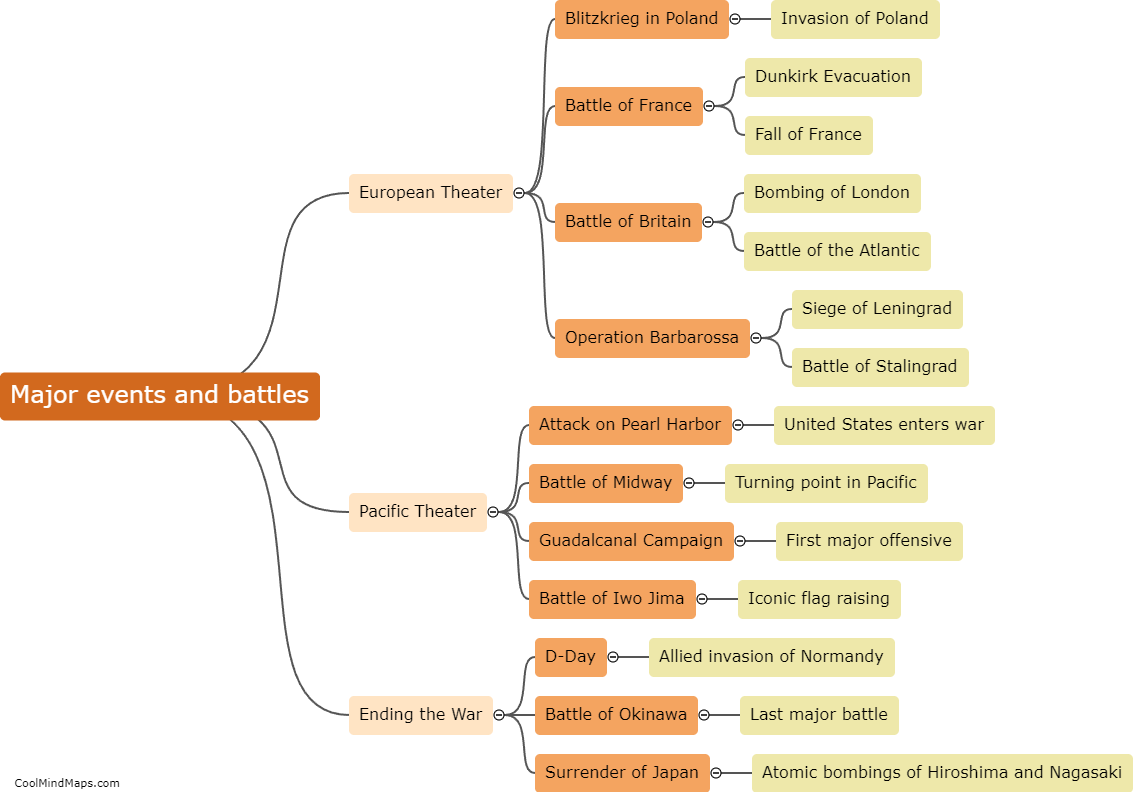What were the main features of Harappan urbanisation?
Harappan urbanization, which took place between 2500 BCE and 1900 BCE in the Indus Valley, was characterized by several distinct features. The cities were meticulously planned, with grid-pattern layouts, suggesting a high level of centralized authority and administration. The houses were made of baked bricks, showcasing an advanced knowledge of construction techniques. The cities also had elaborate drainage systems, with interconnected channels and street grids, indicating a keen understanding of sanitation and hygienic practices. Furthermore, the Harappan cities had several public buildings, such as granaries, citadels, and large public baths, indicating a focus on communal activities and the presence of social hierarchies. The presence of a standardized system of weights and measures and the use of seals for trade and administrative purposes further highlight the Harappan urbanization's advanced features in terms of governance, commerce, and infrastructure.
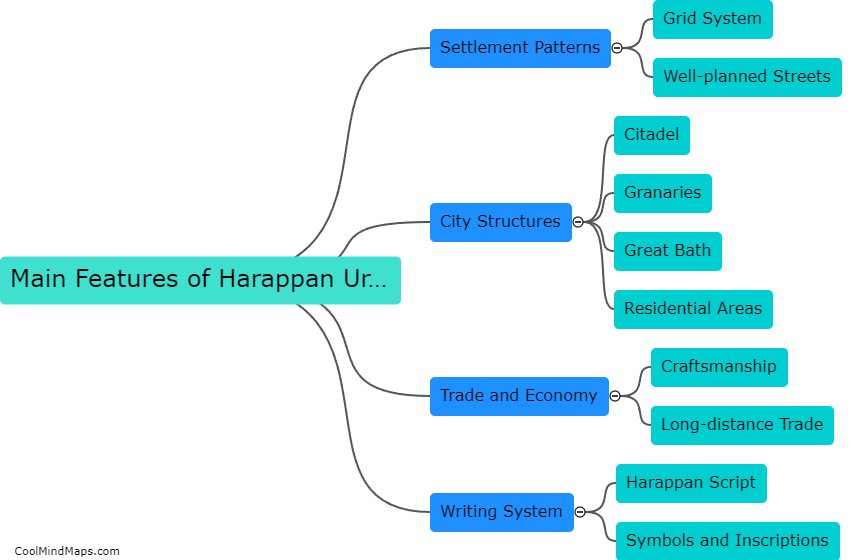
This mind map was published on 19 September 2023 and has been viewed 108 times.

